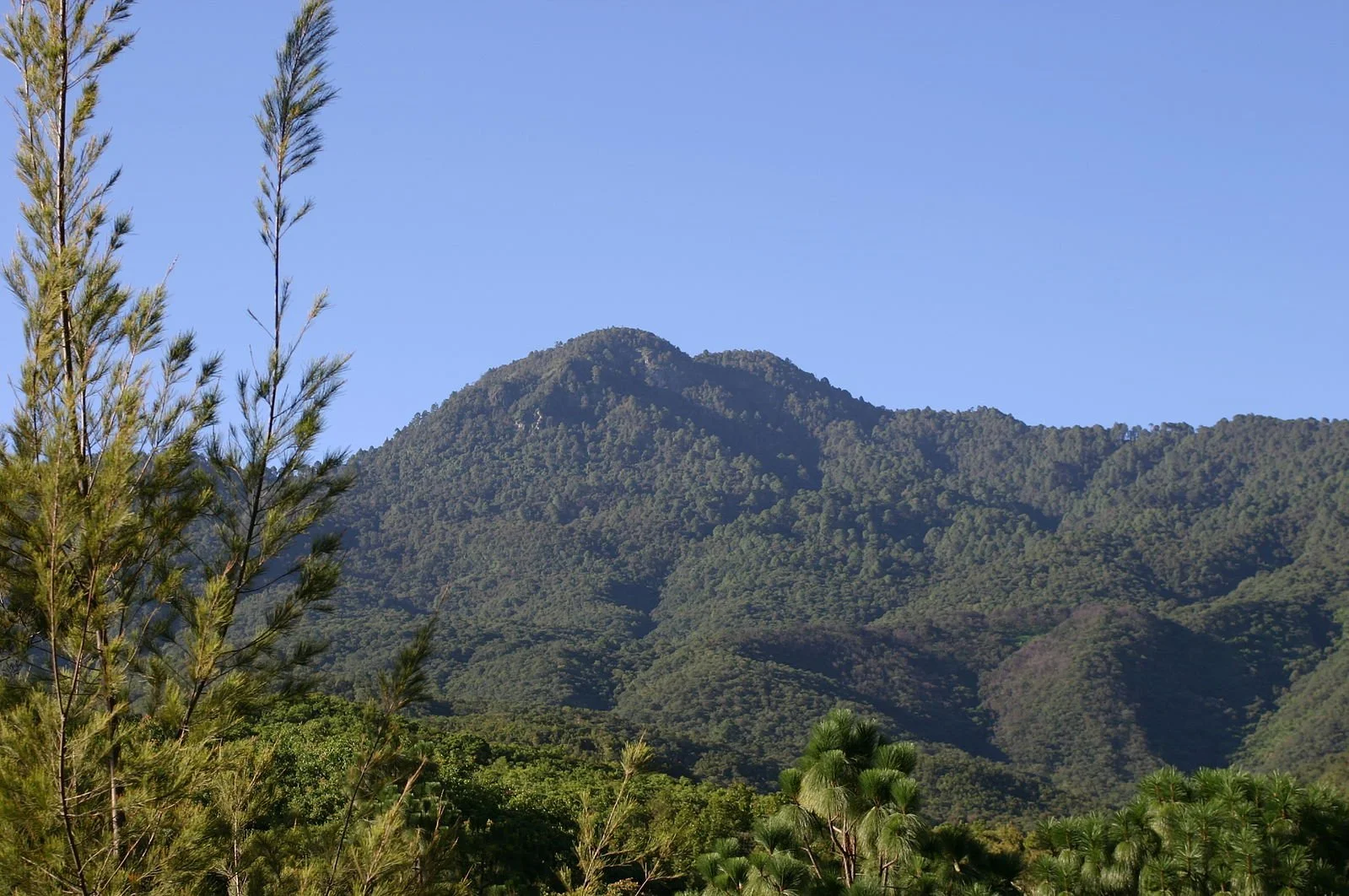Mexteca Activist Irma Galindo Barrios Still Missing
Mexteca activist Irma Galindo Barrios was last seen in the state of Oaxaca, her home region (Wikimedia Commons).
Havana Times reports that Indigenous communities maintain their demand for the safe return of 41-year-old Irma Gallindo Barrios, a Mexteca environmental protector of Ñuu Savi Forest in the Mexican municipalities of Sierra de Oaxaca, over two weeks since Barrios was last seen alive on October 27. According to Kiratas, Galindo Barrios originally fled her home for fear of physical harm by mercenaries on November 10, 2019.
These hitmen were employed by logging companies operating in Oaxaca. Earlier in 2019, Galindo Barrios filed legal complaints against such companies through various Mexican government agencies, including the Federal Attorney for the Environment, the Ministry of the Environment, and the National Forestry Commission. While none of the logging agencies responded to her complaints, they hired a commando to burn down homes belonging to her and other Indigenous activists in the communities of Guerrero Grande, Mier y Terán, and Ndoyonuyuj in November, says El Tiempo Latino.
As reported by Proiqra.com, Galindo Barrios was last seen wearing denim pants, a blanket blouse, a black garadine jacket, a denim hat, and ankle boots. Galindo Barrios’s last public activity occurred on Facebook on October 27 when she demanded entrance to the morning press conference of Mexican President Andrés Manuel López Obrador in Mexico City. He refused her request because direct visitors must have journalistic or political credentials. Galindo Barrios retorted that such a restriction excludes the majority of Indigenous activists, given how inaccessible those requirements are to rural and low-income demographics across Mexico.
However, Galindo Barrios did not attend an appointment in Mexico City scheduled just two days later. The objective of the meeting was to affirm her requests for protection under the Mechanism to Protect Human Rights Defenders and Journalists. The Washington Office on Latin America (WOLA) describes the mechanism as a federal agency that provides security cameras, bulletproof vests, and bodyguards for journalists and human rights defenders. Shortly after, the Prosecutor’s Office at Oaxaca issued a Pink Alert, or a missing persons alert, to notify the public of the disappearance of the missing activist.
Aurora de la Riva of the Network of Women Defenders expressed considerable concern over Galindo Barrios’s weeks-long disappearance. She criticized the Mexican government's apparent neglect for Galindo Barrio’s safety, noting that they hesitated to take action during the first 72 hours, which are the most critical period for reporting and rescuing missing persons.
Although Galindo Barrios faced harassment from loggers as early as 2018, the Governing Board of the Mechanism for Human Rights Defenders and Journalists assessed her risk for harm as “ordinary” and consequently did not reserve protections for her, according to Zyri.
Human rights organizations and Galindo Barrios’s compatriots now demand local vigilance in search efforts, despite their dissipating hope. The Mexican Ministry of the Interior records 94 homicides of human rights defenders since the beginning of López Obrador’s presidential term in 2018.

